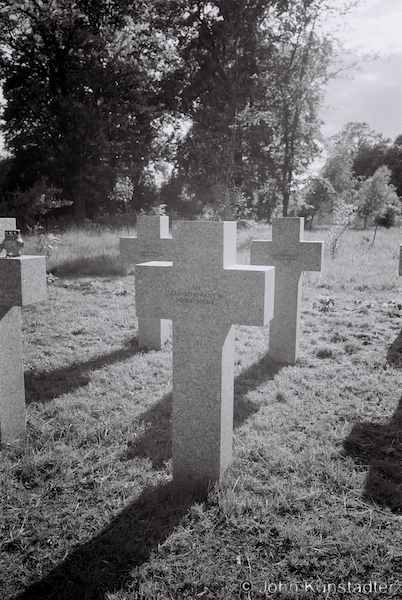The year 2014 marks seventy-five years since the Molotov-Ribbentrop Pact, the non-aggression pact between Nazi Germany and Stalin’s Soviet Union which gave both the room to carve up the nations in between. The pact allowed Hitler to start World War II by invading Poland from the west on September 1, 1939 and, in concert, the Soviet Union to invade from the east, on September 17; Nazi and Soviet forces held a joint victory parade in the Belarusian city of Bjares’tsje (Brest) on September 22 as both conquering powers began brutally to repress the lands and nations they had occupied and annexed.
According to the official Soviet version of events, a version which continues to be propagated by Belarusian authorities, September 17, 1939 marked the Soviet liberation of western Belarusian lands from a repressive Polish administration. This Soviet assertion of liberation is a version of history long-ago rejected by reputable historians throughout the world, although Western governments accepted the Soviet annexation of these lands as a fait accompli.
Fighting valorously, though unaided, against both aggressors, the Polish army and civilians, including many Belarusian citizens of Poland, faced their Thermopylaes with the same courage displayed by the 300 at the original Thermopylae — a stand which anchored Western civilization. In this seventy-fifth year after Molotov-Ribbentrop, on the seventy-fifth anniversary of the Soviet invasion of eastern Poland, and in the face of the unmanly reaction of the U.S., EU and Western European leadership to Russia’s Anschluss of Crimea and invasion of eastern Ukraine and the West’s miserly aid to the Ukrainians fighting for their freedom and ours, let us remember the valor of the citizens of Poland who fought, died on the battlefield, or were murdered by — or with the complicity of — the Soviet occupiers.
Grave of an unknown citizen of Poland, one of scores of soldiers and civilians murdered after September 17, 1939 by marauders under Soviet authority in the village of Padzjamjen’nje (Падзяменьне, Podziemienie) in today’s Kobryn District of southwestern Belarus. The grave forms part of a memorial to citizens of Poland who fell in battle or were murdered by Soviet authorities in September-October 1939, and who, in a joint Belarusian-Polish operation in 2008, were exhumed and reburied with honor in the churchyard of the Roman Catholic church of the Assumption of the Blessed Virgin Mary in Kobryn. Kobryn 2013.
Магіла невядомага грамядзяніна міжваеннай РП, забытага пасьля 17 верасьня 1939 г. у в. Падзяменьне марадзёрскай бандай пад эгідай савечкіх улалаў, паміж іншымі падобнымі магіламі ля помніку грамядзянінам РП, палеглым у супраціве савецкаму ўварваньню ці забытым савецкамі ўладамі на Кобрыншчыне; магілы ля касьцёла Ўнебаўзяцьця Найсьвяцейшай Панны Марыі, Кобрын. Кобрын 2013 г.
